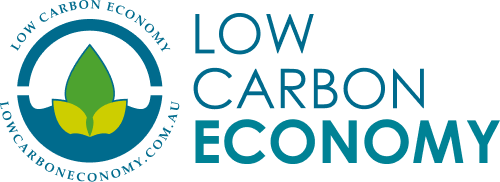Discovered Wildfoods Sambar Venison
Discovered Wildfoods was born from a simple desire to use what is on our plates to make positive change for our environment, health & communities. We partner with landowners and professional hunters across Australia to provide a range of ethically harvested & sustainable Australian game meats for the conscious carnivore.
Our animals never spend a single living moment in captivity, never experiencing live transport or seeing the inside of an abattoir. They are as nature intended – 100% chemical, antibiotic & hormone free. Each & every animal is Discovered in the wild.
Climate Change Action
The Discovered Wildfoods Sambar Venison range is certified carbon neutral by the Carbon Reduction Institute (CRI) under the NoCO2 Program. To achieve Carbon Neutral Product certification, Discovered Wildfoods undertook the following process:
- Commissioned a Hybrid Life Cycle Assessment of their products from CRI to quantify the carbon footprint of their Sambar Venison. CRI’s assessment relied upon delivery-specific data from Discovered Wildfoods, as well as published sources of relevant data and emissions factors.
- Committed to offset the emissions associated with their Sambar Venison through the purchase of units in approved projects under the Verified Carbon Standard (VCS) or Gold Standard (GS) on a quarterly basis, and
- Committed to ongoing reporting and auditing of their product emissions through quarterly sales reporting.
What does Carbon Neutral Service Certification mean?
By meeting the requirements of the NoCO2 Program, Discovered Foods’ Sambar Venison is certified as a Carbon Neutral Product by CRI; can be promoted and marketed as such and can display the Carbon Neutral Product Logo issued by CRI.
What Carbon Credit Projects does Discovered Foods purchase offsets from?
India Clean Energy from Biomass
The aim of Biomass projects is to utilize agricultural waste or other non-renewable biomass residues as fuel to generate power and to lower the plants’ dependence on the local grid for electricity. Before the implementation of the project, the electricity needs of such plants were met by power from a coal dominated grid. To meet the rising energy demands in production, a new efficient biomass boiler was installed together with a steam turbine, producing both steam and electricity. The new boilers are fuelled with locally available agricultural waste instead of traditional, emission intensive coal.
Before the start of the project, these agricultural residues were not used. They were either burned without harnessing the resulting thermal energy, or simply left to decay, thereby generating methane emissions. The plant’s steam and electricity requirements can be now supplied by the new cogeneration unit. The investment required for the installation of the new cogeneration unit could not have been raised were it not for the revenue from sales of carbon credits.
Certifications
Carbon Neutral Product


Contact
Discovered Foods
7 Jude Road, Howlong NSW, 2643





